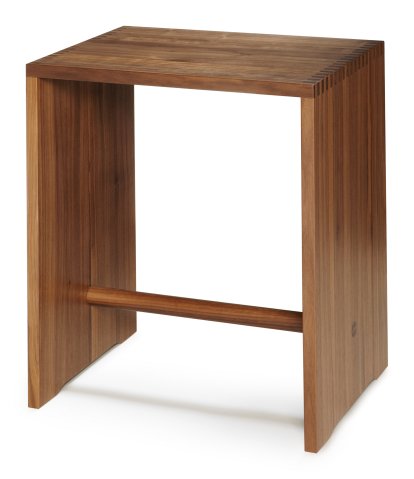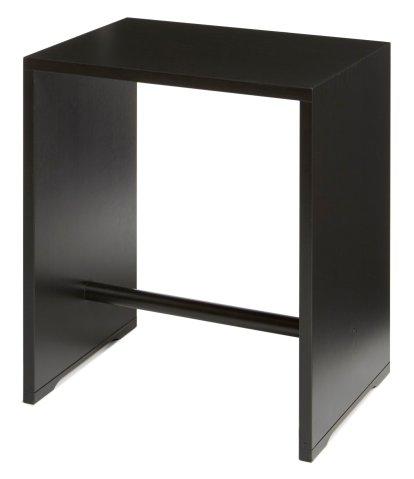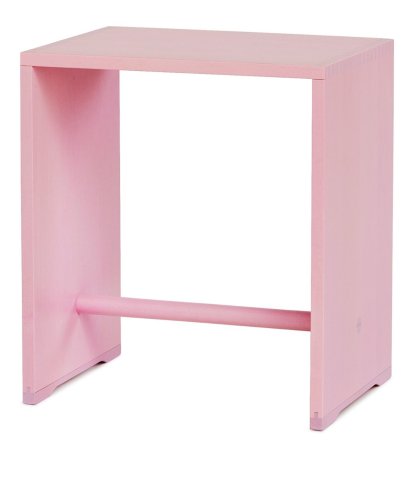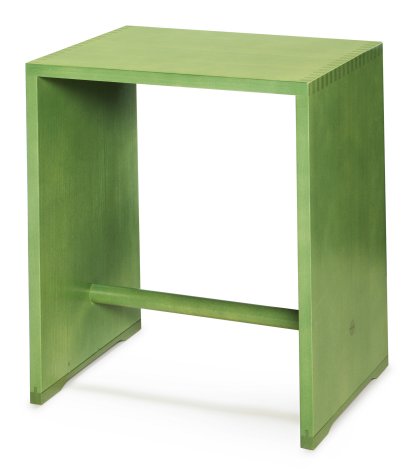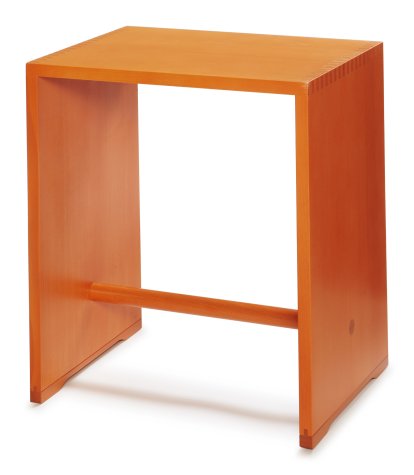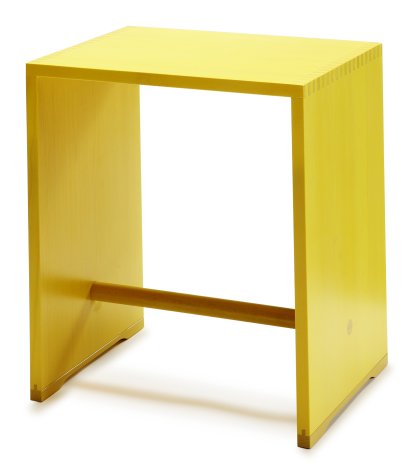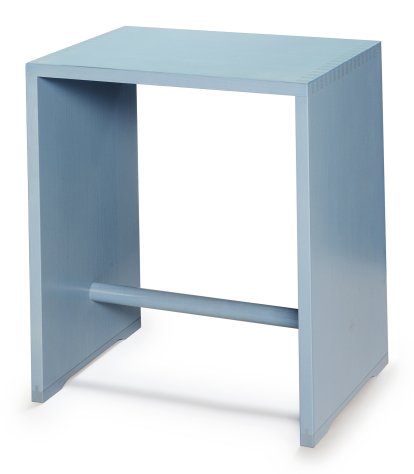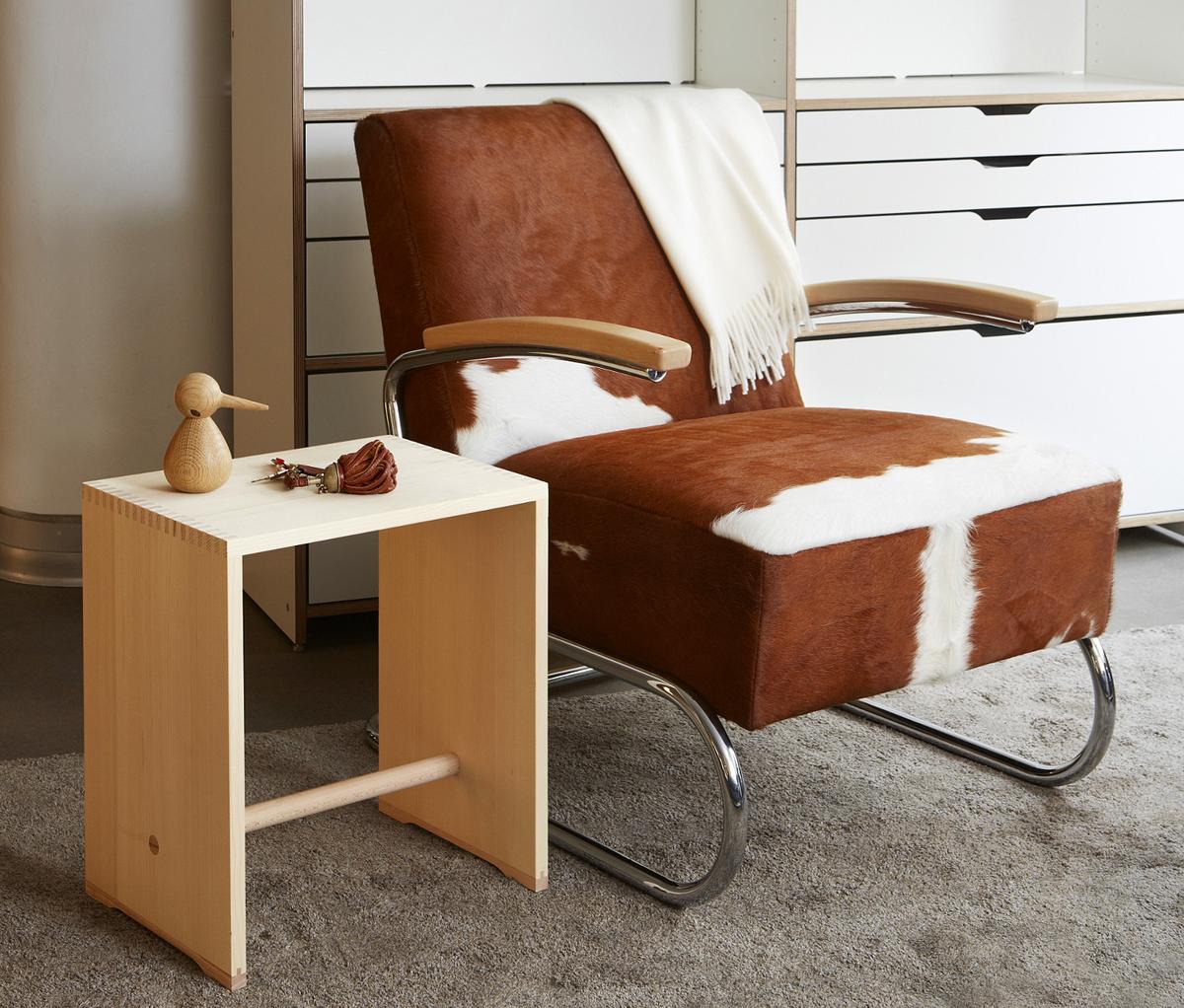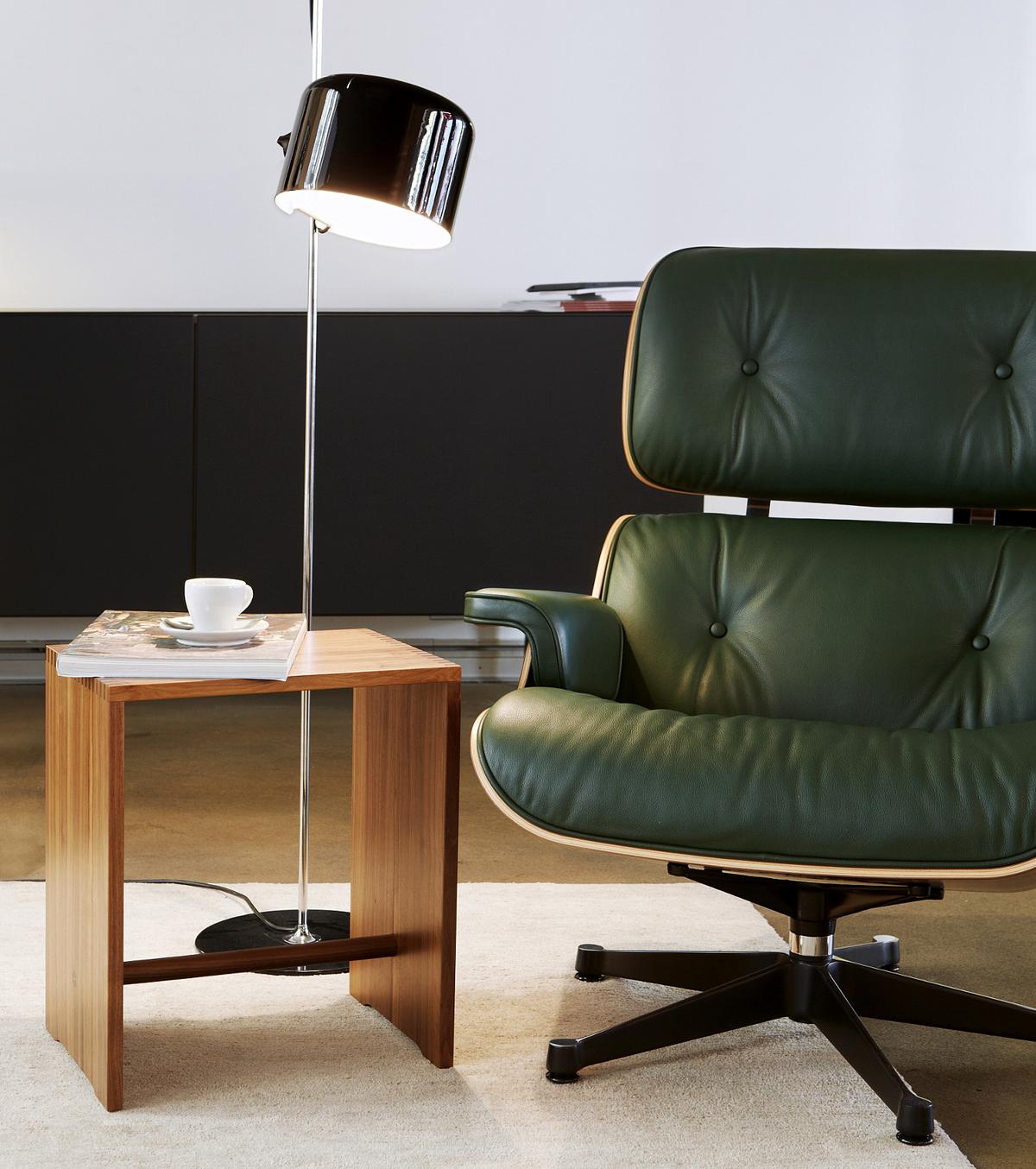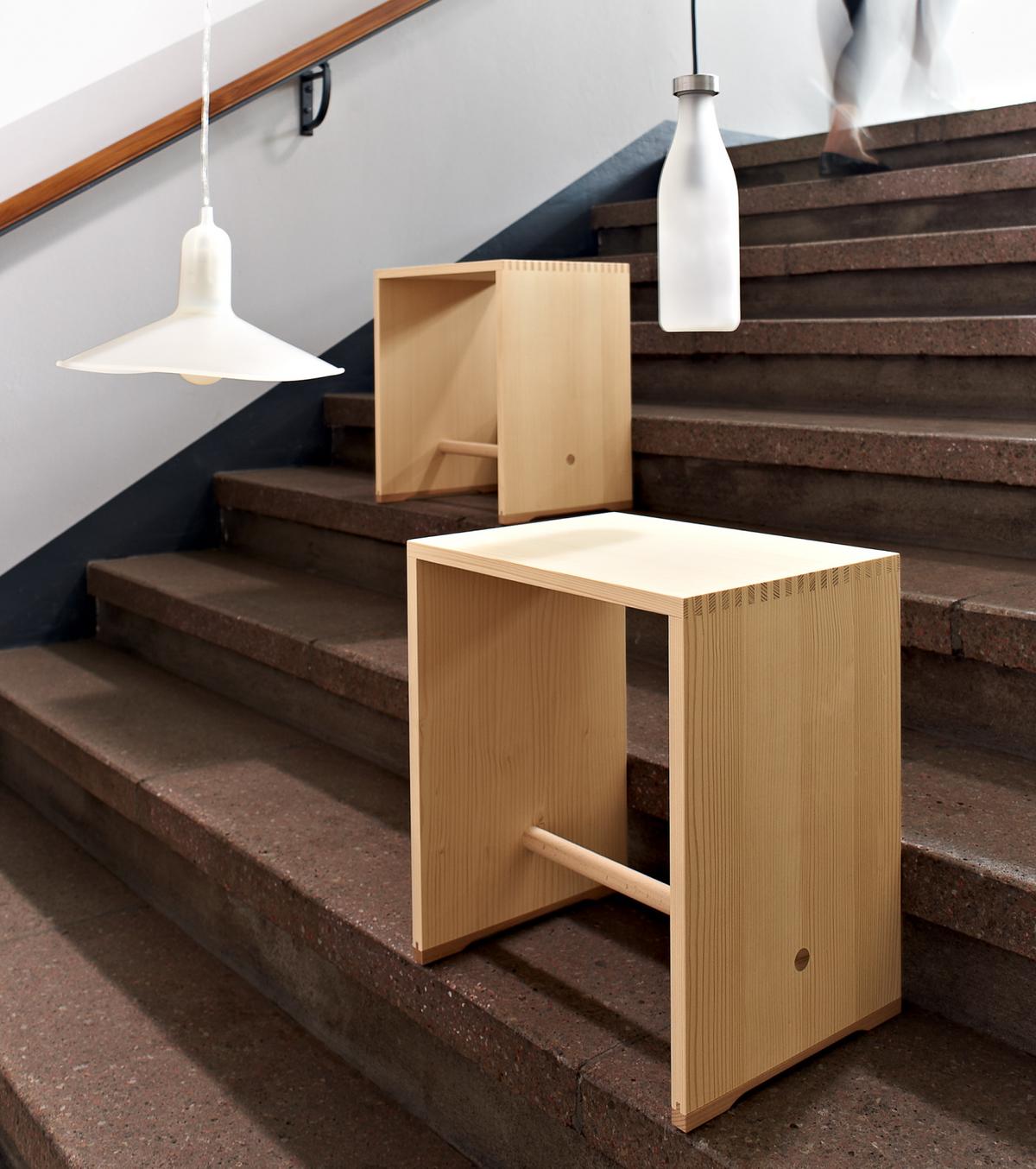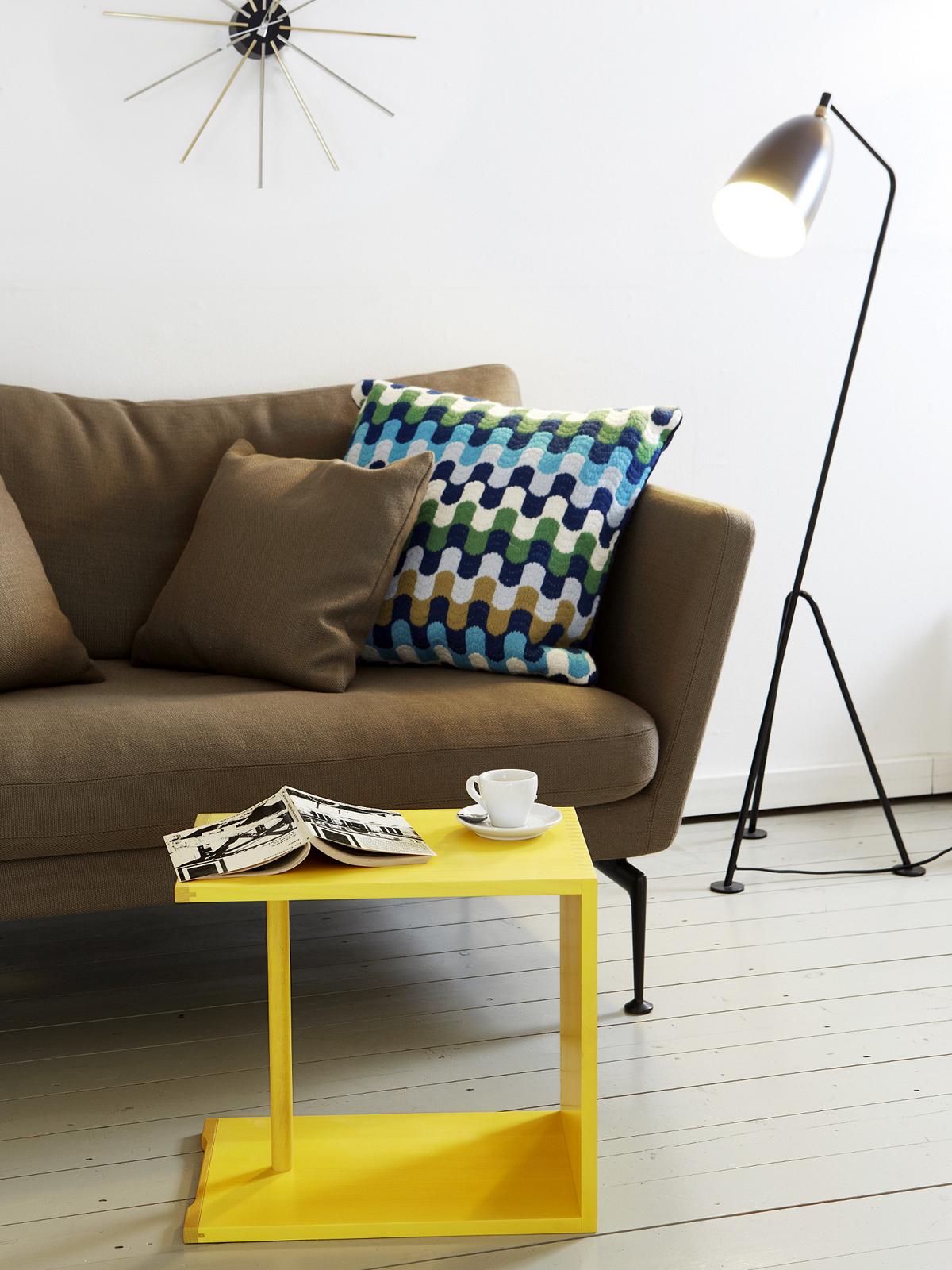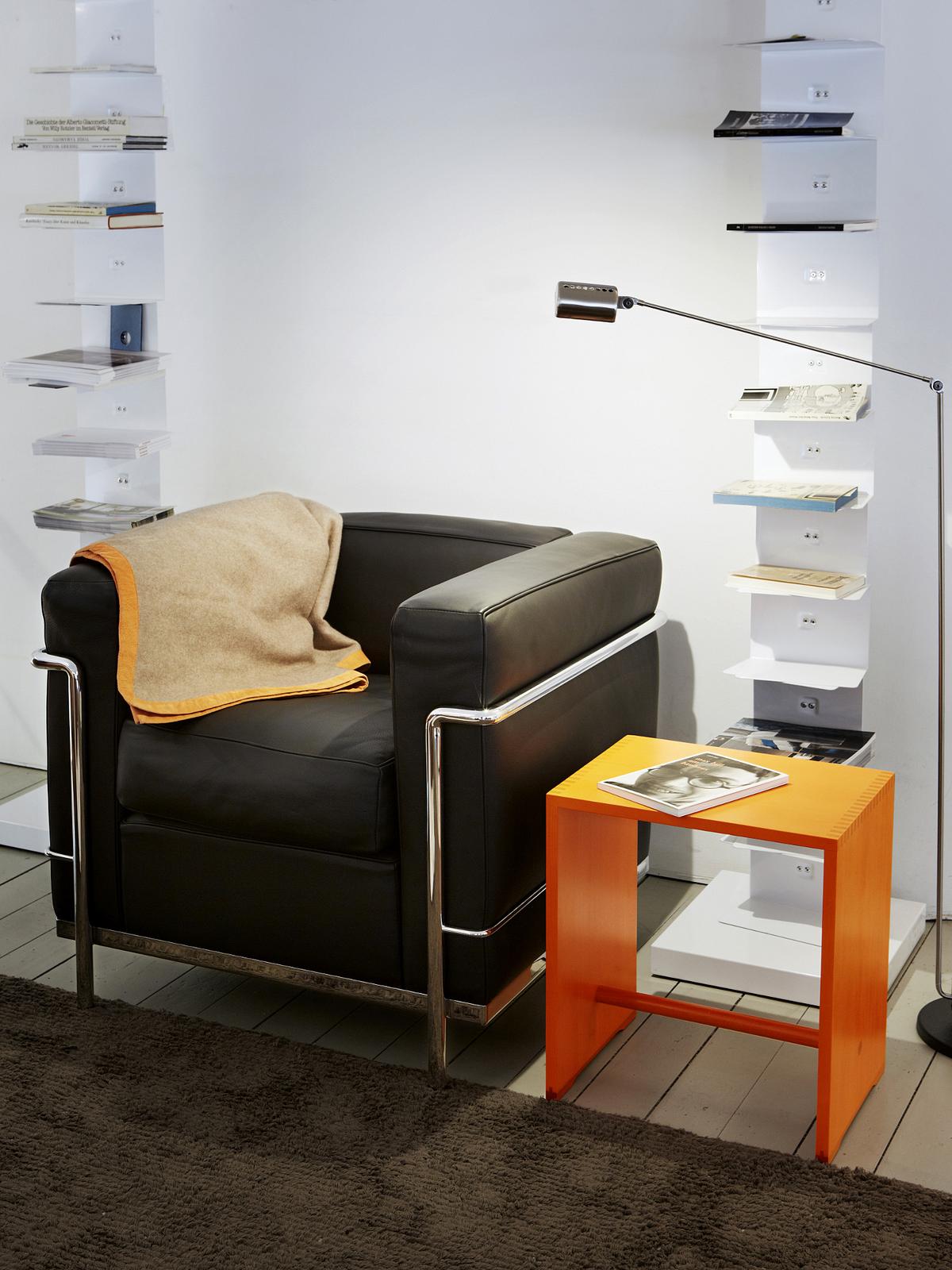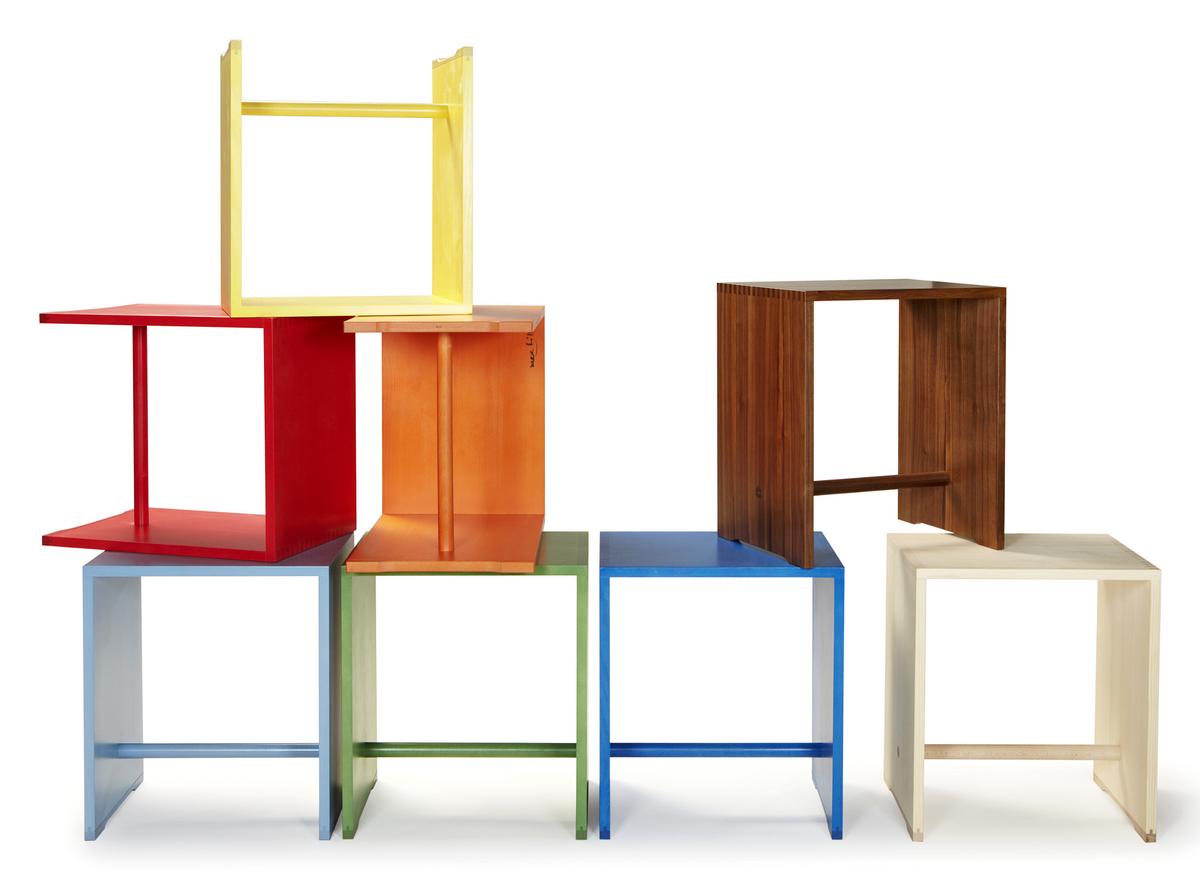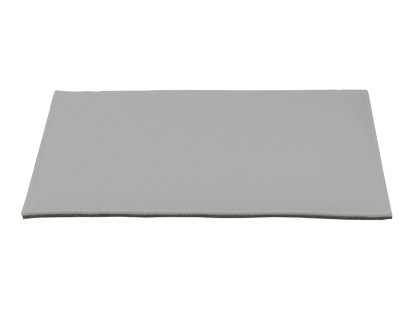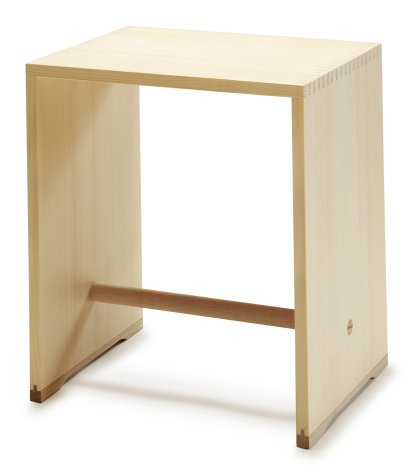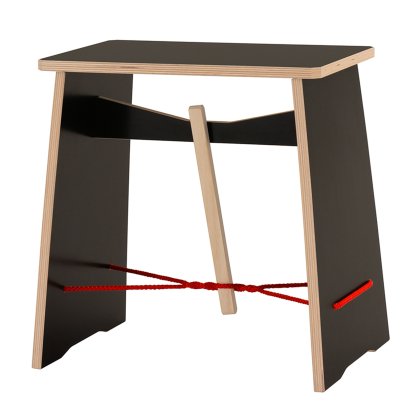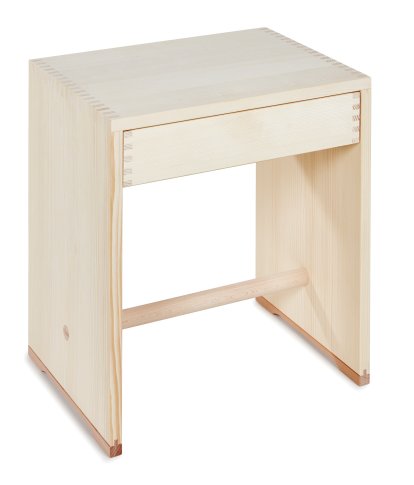Ulmer Hocker in Colour
by Max Bill, 1954 — from CHF 455.00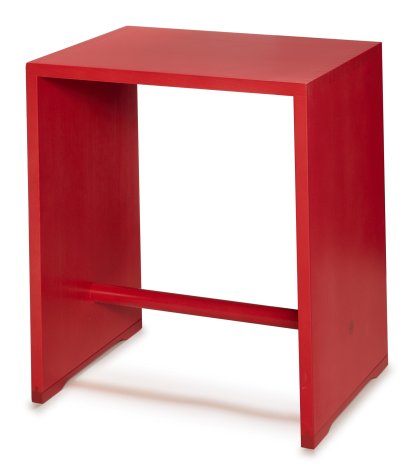
has been added to your wishlist.
Details
| Product type | Stool |
| Dimensions | 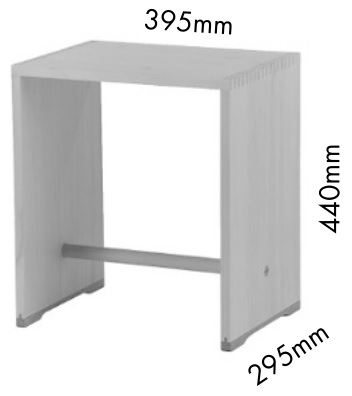 |
| Colours |          Note: The lacquer is intentionally not applied opaque so that the wood structure remains visible. This is what the designer wanted. Depending on the colour of the raw wood, the lacquer finish is therefore irregular and gives each Ulm stool its own character. |
| Material | Walnut version: American walnut Coloured stained finishes: birch, cross bar and foot of base beech |
| Variants | Alternatively available as the Ulmer Hocker or Schubladenhocker |
| Function & properties | Featuring Max Bill's signature The signature is underneath the seat and is always black, but on the Ulmer Stool black it is white. |
| Care | Untreated wood should not be exposed to wet conditions. For cleaning we recommend a soft, slightly damp cloth. |
| Warranty | 24 months |
| Accessories | Complementing Seat Pad available separately |
| Datasheet | Click for more information (ca. 0,2 MB).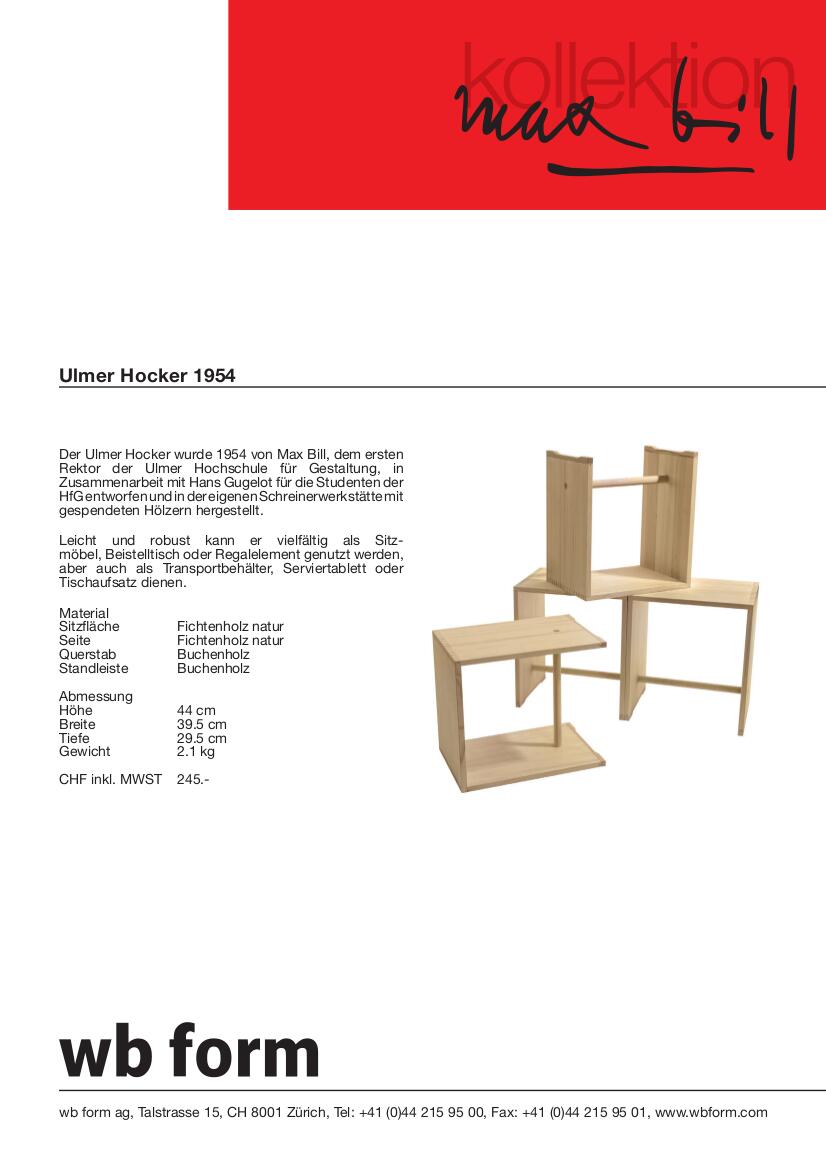 |
| Product presentation |
Design
The Ulmer Hocker or the Ulmer Hocker in Colour by designer and architect Max Bill is a classic of German functionalist product design and owes its name to the Ulm School of Design, where it was designed in 1954. And it is not for nothing that the stool became the flagship product of the institute: what appears inconspicuous and simple at first glance turns out to be a cleverly designed furniture object with numerous possible uses. The Max Bill stool can not only be used as a seat and side table, but also as a transport aid, tray and lectern. It owes all of this to its simple, stable construction. The frame of the Ulmer Hocker consists of two vertical and one horizontal board, which are joined together on the shorter edges by finger joints. A crossbar stabilizes the Ulmer stool on the lower side. The boards are made of spruce, the crossbar crafted from untreated beech wood. The beauty of the Ulmer Hocker lies in the transparency and sophistication of the design, its functionality and the sober handling of the material wood.
Production
The Ulmer Hocker has been produced as a licensed re-edition since 2011 and according to strict quality standards by the Swiss furniture manufacturer WB Form, who work with a regional workshop for people with disabilities. In addition to the original version in untreated spruce and beech wood, the portfolio was expanded to include various colourful variants. All of the woods used in the Ulmer Hocker come from Switzerland. A variant of the Ulmer Hocker, which differs slightly in size, construction and material, is produced by the Italian furniture manufacturer Zanotta under the name Sgabillo.
Designer
As an architect and artist, whose work includes product design, painting, graphics and sculpture as well as a career as a university lecturer, Max Bill was one of the most influential figures in post-war design. Born in Winterthur, Switzerland in 1908, Bill began his training at the Zurich School of Arts and Crafts and then studied at the Bauhaus Dessau under, and among others, Paul Klee and Wassily Kandinsky. After completing his studies, he returned to Zurich, where he worked in various areas as an artist, publicist and architect. In 1950 Max Bill was a co-founder of the Ulm School of Design, which saw itself as the successor to the Bauhaus. Max Bill not only designed the university buildings, but was rector until 1956. His most famous product design is without a doubt the Ulmer Hocker, which was developed in collaboration with Hans Gugelot in 1954 at the Ulm School of Design.
Historical Context
As a graduate of Bauhaus Dessau and co-founder of the HfG Ulm committed to the spirit of the Bauhaus, Max Bill was a representative of functionalism. The focus of the modern design conception linked to the Bauhaus was on clarity, simplicity and mathematical logic. Instead of relying on purely aesthetic design principles, the aim was to put the form-determining purpose in the focus of the design process. Max Bill was also committed to an aesthetic that completely broke with the ornament and instead relied on economy in terms of design as well as material and functionality. Designs should also be easily realised and, if possible, industrially in order to meet the great demand in a world destroyed by World War II. Functionalism after the Second World War became the epitome of modern design and building in Germany. As one of the first reinforced concrete skeleton buildings in Germany with spacious workshops, student dormitories and cafeteria, Max Bill's HfG Ulm also continued the Bauhaus tradition in its "concrete architecture" and can be described as a pioneer of post-war functionalism.
Manufacturer
The Swiss furniture manufacturer WB Form specializes in the reissue of design classics, but also produces contemporary products. The company began with the re-editions of furniture designs by Max Bill, including the Ulmer Hocker. WB Form consistently focuses on sustainability and the longevity of its products: its production takes place predominantly in Switzerland and meets the highest quality standards.



































